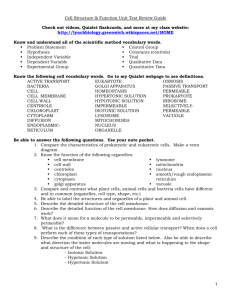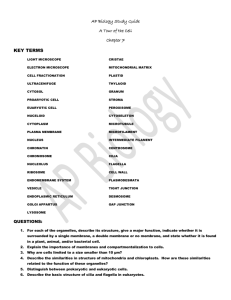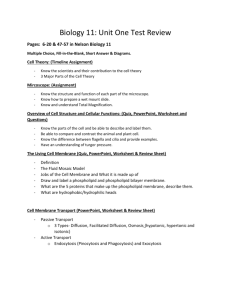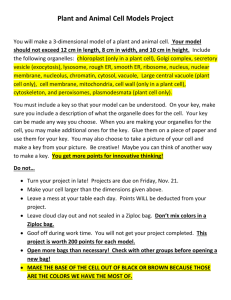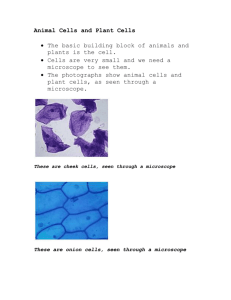File
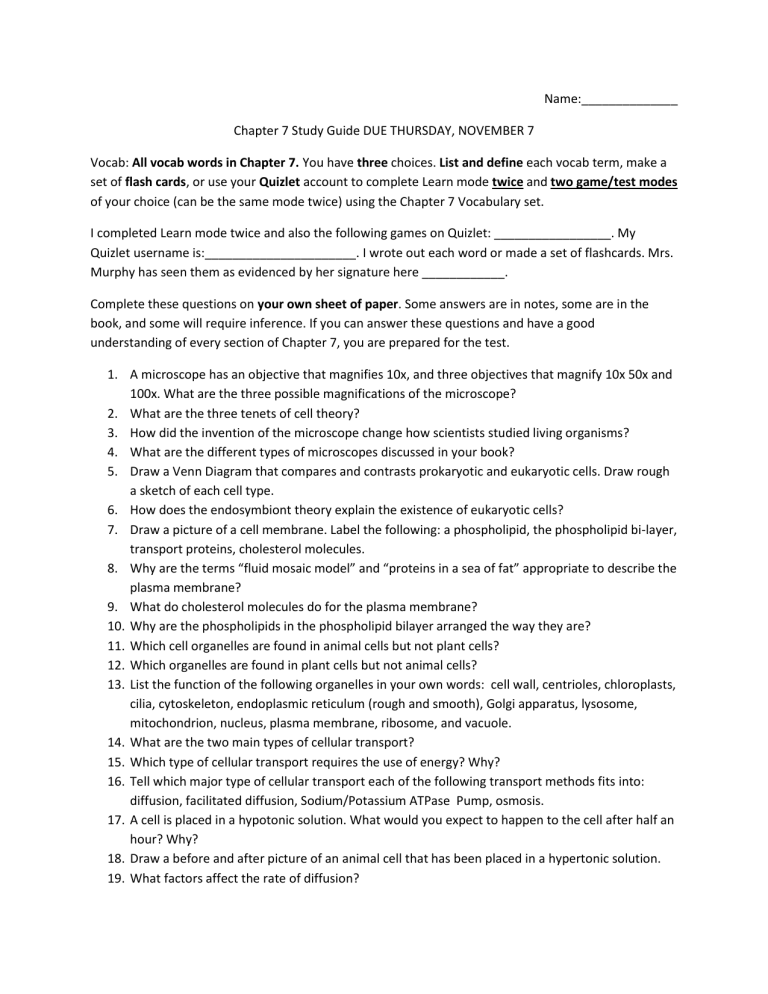
Name:______________
Chapter 7 Study Guide DUE THURSDAY, NOVEMBER 7
Vocab: All vocab words in Chapter 7. You have three choices. List and define each vocab term, make a set of flash cards, or use your Quizlet account to complete Learn mode twice and two game/test modes of your choice (can be the same mode twice) using the Chapter 7 Vocabulary set.
I completed Learn mode twice and also the following games on Quizlet: _________________. My
Quizlet username is:______________________. I wrote out each word or made a set of flashcards. Mrs.
Murphy has seen them as evidenced by her signature here ____________.
Complete these questions on your own sheet of paper. Some answers are in notes, some are in the book, and some will require inference. If you can answer these questions and have a good understanding of every section of Chapter 7, you are prepared for the test.
1.
A microscope has an objective that magnifies 10x, and three objectives that magnify 10x 50x and
100x. What are the three possible magnifications of the microscope?
2.
What are the three tenets of cell theory?
3.
How did the invention of the microscope change how scientists studied living organisms?
4.
What are the different types of microscopes discussed in your book?
5.
Draw a Venn Diagram that compares and contrasts prokaryotic and eukaryotic cells. Draw rough a sketch of each cell type.
6.
How does the endosymbiont theory explain the existence of eukaryotic cells?
7.
Draw a picture of a cell membrane. Label the following: a phospholipid, the phospholipid bi-layer, transport proteins, cholesterol molecules.
8.
Why are the terms “fluid mosaic model” and “proteins in a sea of fat” appropriate to describe the plasma membrane?
9.
What do cholesterol molecules do for the plasma membrane?
10.
Why are the phospholipids in the phospholipid bilayer arranged the way they are?
11.
Which cell organelles are found in animal cells but not plant cells?
12.
Which organelles are found in plant cells but not animal cells?
13.
List the function of the following organelles in your own words: cell wall, centrioles, chloroplasts, cilia, cytoskeleton, endoplasmic reticulum (rough and smooth), Golgi apparatus, lysosome, mitochondrion, nucleus, plasma membrane, ribosome, and vacuole.
14.
What are the two main types of cellular transport?
15.
Which type of cellular transport requires the use of energy? Why?
16.
Tell which major type of cellular transport each of the following transport methods fits into: diffusion, facilitated diffusion, Sodium/Potassium ATPase Pump, osmosis.
17.
A cell is placed in a hypotonic solution. What would you expect to happen to the cell after half an hour? Why?
18.
Draw a before and after picture of an animal cell that has been placed in a hypertonic solution.
19.
What factors affect the rate of diffusion?
20.
Label the following cells. Some labels will be used twice, some once.
Vacuole Cell Membrane Cell Wall Cytoplasm
Lysosome Rough ER Smooth ER Nucleus
Nucleolus Ribosomes
Mitochondrion Centrosome
Nuclear Membrane Chloroplast

